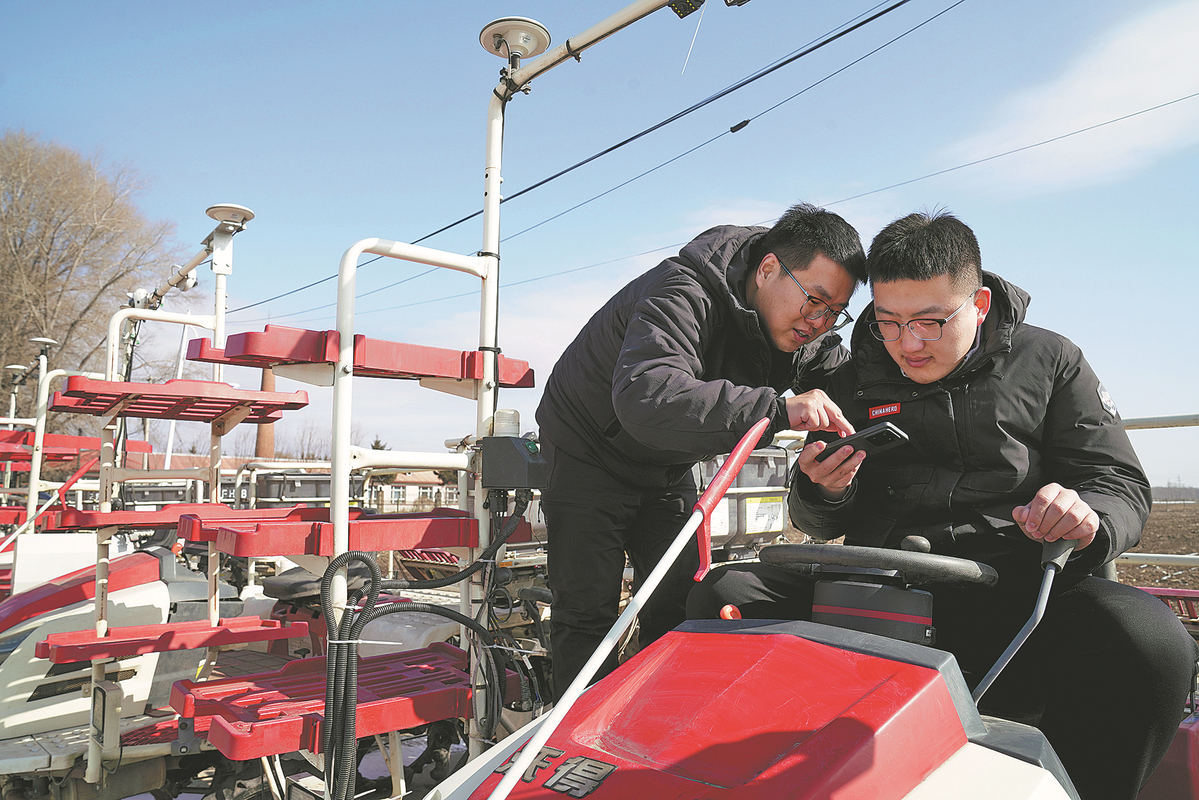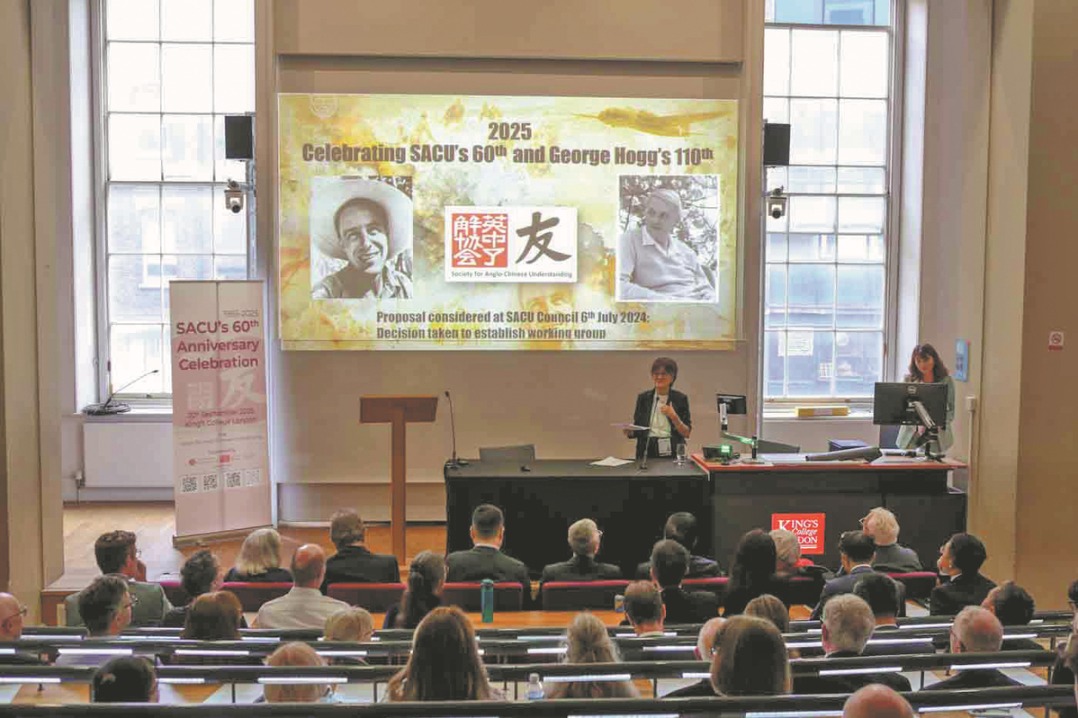Spring planting boosted by satellites, new agricultural tech
Heilongjiang, other provinces expecting bumper crops to ensure nation's food security, Tian Xuefei and Zhou Huiying reports.


Mutant space beans
Li Yanhua, a soybean expert and researcher at the Chinese Academy of Sciences' Northeast Institute of Geography and Agroecology in Hailun, Heilongjiang, was excited recently waiting for the harvest of a special batch of soybeans.
The crop was in an experimental field at the Sanya Nanfan Scientific and Research Breeding Base in the nation's southernmost province of Hainan, 4,000 kilometers from her institute.
Different from other soybean varieties, the seeds are the descendants of upland soybean seeds that were carried into space by the Shijian 19, a reusable, returnable experimental satellite, in September 2024. During the satellite's 13.5-day flight, breeding experiments were conducted on the soybeans.
A total of five high-quality varieties of the Dongsheng soybean were sent to space for mutagenesis experiments.
They were exposed to cosmic radiation and microgravity during the mission, resulting in genetic mutations.
Back on Earth, scientists evaluated the mutations. Some of the seeds had properties favored by farmers such as greater yield and better resistance to diseases.
While excited by the early prospects, Li said further research is needed on the space beans.
Every winter, she travels from Hailun to Sanya to cultivate new soybean varieties with her team at the base.
Over the past 34 years, the 59-year-old has selected and cultivated 21 high-yield and high-quality varieties of Dongsheng soybeans.
These varieties, which are rich in oil and protein, are now planted in more than 3.3 million hectares of farmland in Northeast China, helping to increase grain yield by 1 billion kilograms and benefiting local economies by 4 billion yuan.
"The process for new soybean varieties, from breeding to approval, usually takes 10 to 12 years," Li said. "To shorten this period, almost every year after the autumn harvest, I take seeds to Hainan for planting. I return to Heilongjiang for further experiments after the seeds are harvested the following spring, which helps add one or two growing seasons and shortens the breeding time."
Every year, she makes more than 300 soybean hybrid combinations and cultivates them in an experimental field.
As China's major grain production area, Heilongjiang is home to the nation's largest soybean-producing zone.
In 2024, over 150,866 hectares of farmland were used to plant soybeans in Hailun, a major production hub for high-quality soybeans in the province. The total yield reached 392,000 tons, according to the local government.
"Soybeans have been cultivated for about 5,000 years, so we should develop the best seeds to improve our efficiency," Li said.
























